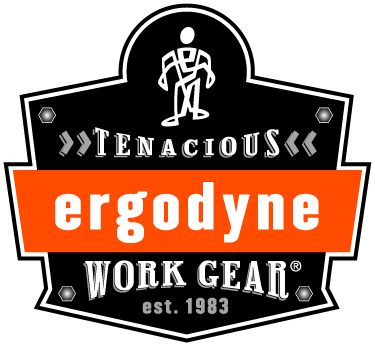Understanding the New ANSI/ISEA 100-2024 Bump Cap Standard and Its Impact on Worker Safety
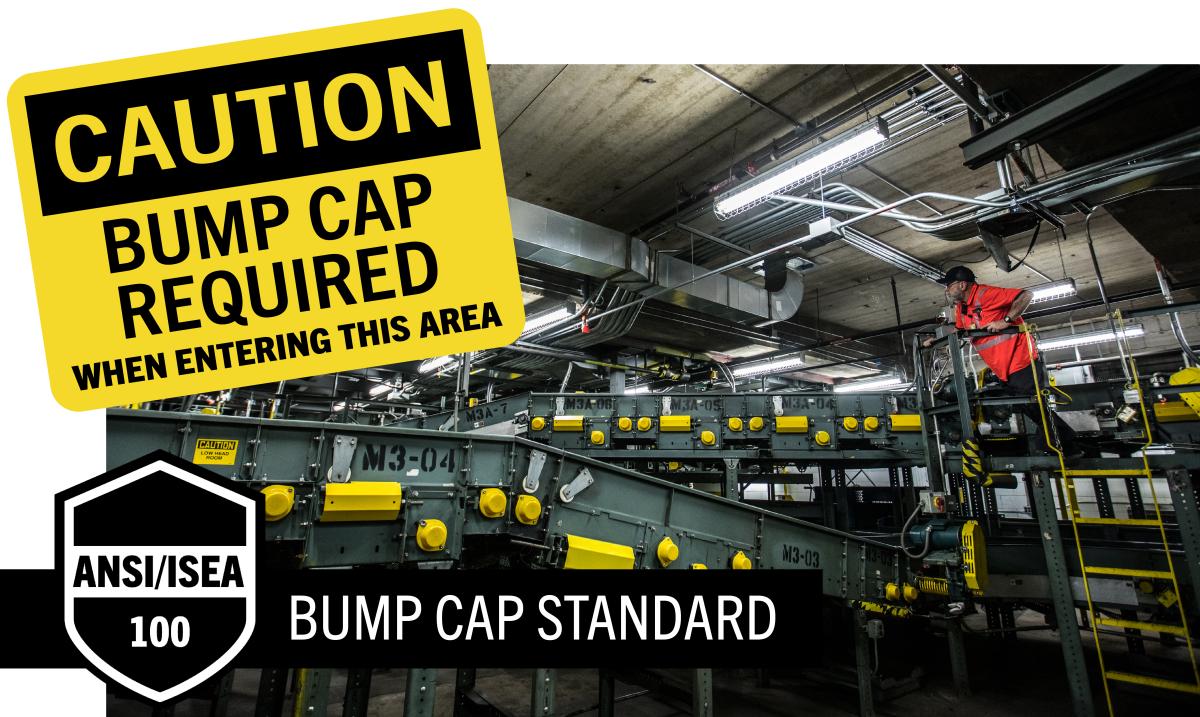
In the world of workplace safety, head protection often gets associated with hard hats—essential for protecting against falling objects and high-impact hazards. But what about environments where the risks come from low ceilings, hanging equipment, or tight spaces? For those scenarios, bump caps offer an effective solution. And now, with the introduction of a new industrial bump cap standard, safety professionals have a new tool to address a critical gap in workplace head protection.
What is a Bump Cap?
Unlike hard hats, bump caps are designed to protect workers from minor head injuries caused by stationary objects, like low-hanging pipes, beams, or equipment. Built around a padded, impact-resistant plastic shell, bump caps are lighter, more comfortable, and often resemble a basic baseball cap.
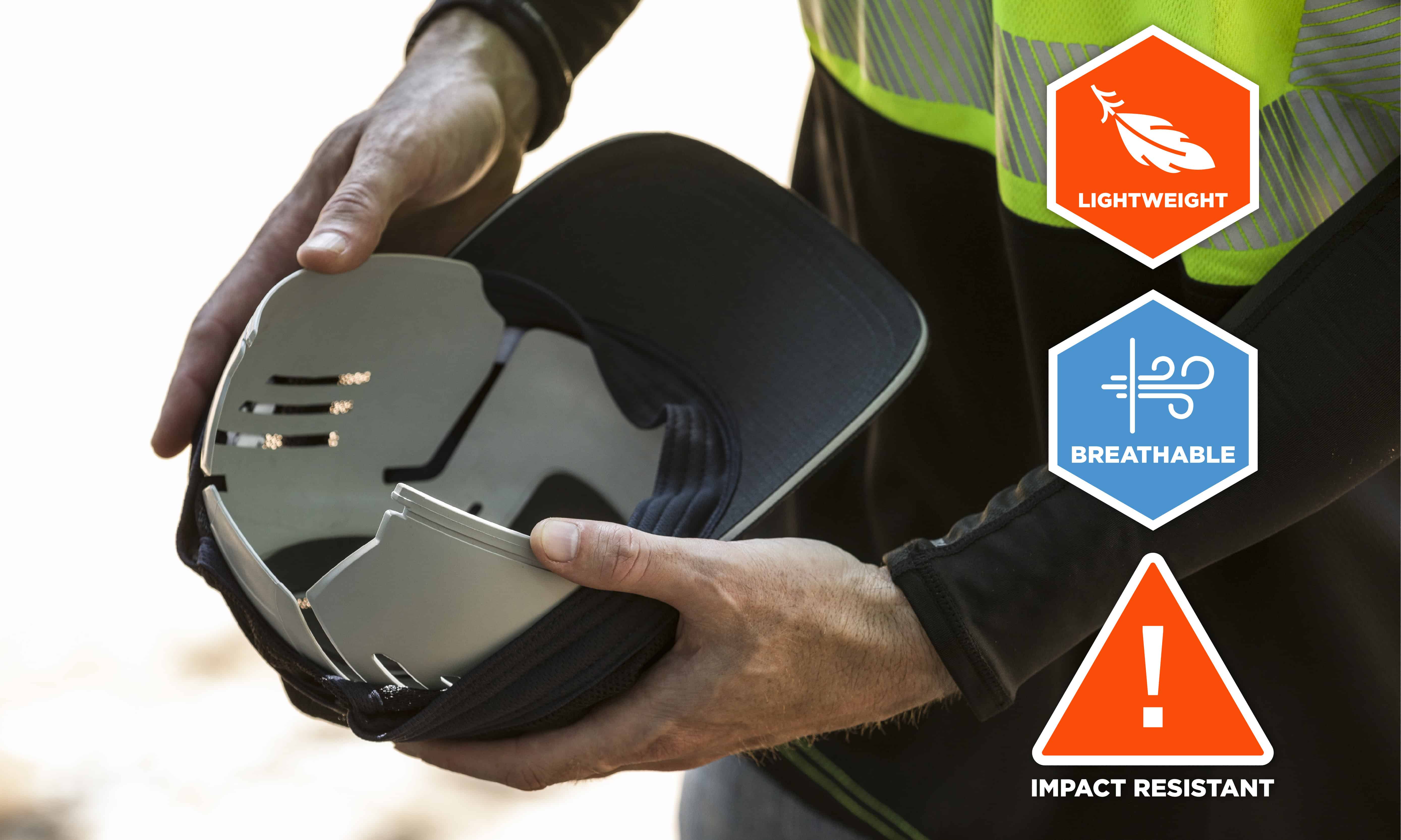
Check out this quick explainer on the differences between bump caps and hard hats >>>
Applications of Bump Caps
Bump caps are particularly useful in environments where hard hats might be overkill, but the risk of head injuries still exists.
Common applications include:
- Mechanics working under vehicles or in tight spaces.
- Airline workers navigating within aircraft holds or maintenance areas.
- In-home service employees, such as cable or appliance technicians, working under sinks or in crawl spaces.
- Manufacturing and assembly line workers exposed to low-hanging machinery or shelves.
- Food processing workers operating in environments with confined spaces.
While bump caps are not suitable for areas where hard hats are required, they provide critical protection against worker-generated impacts, preventing nasty cuts and bruises.
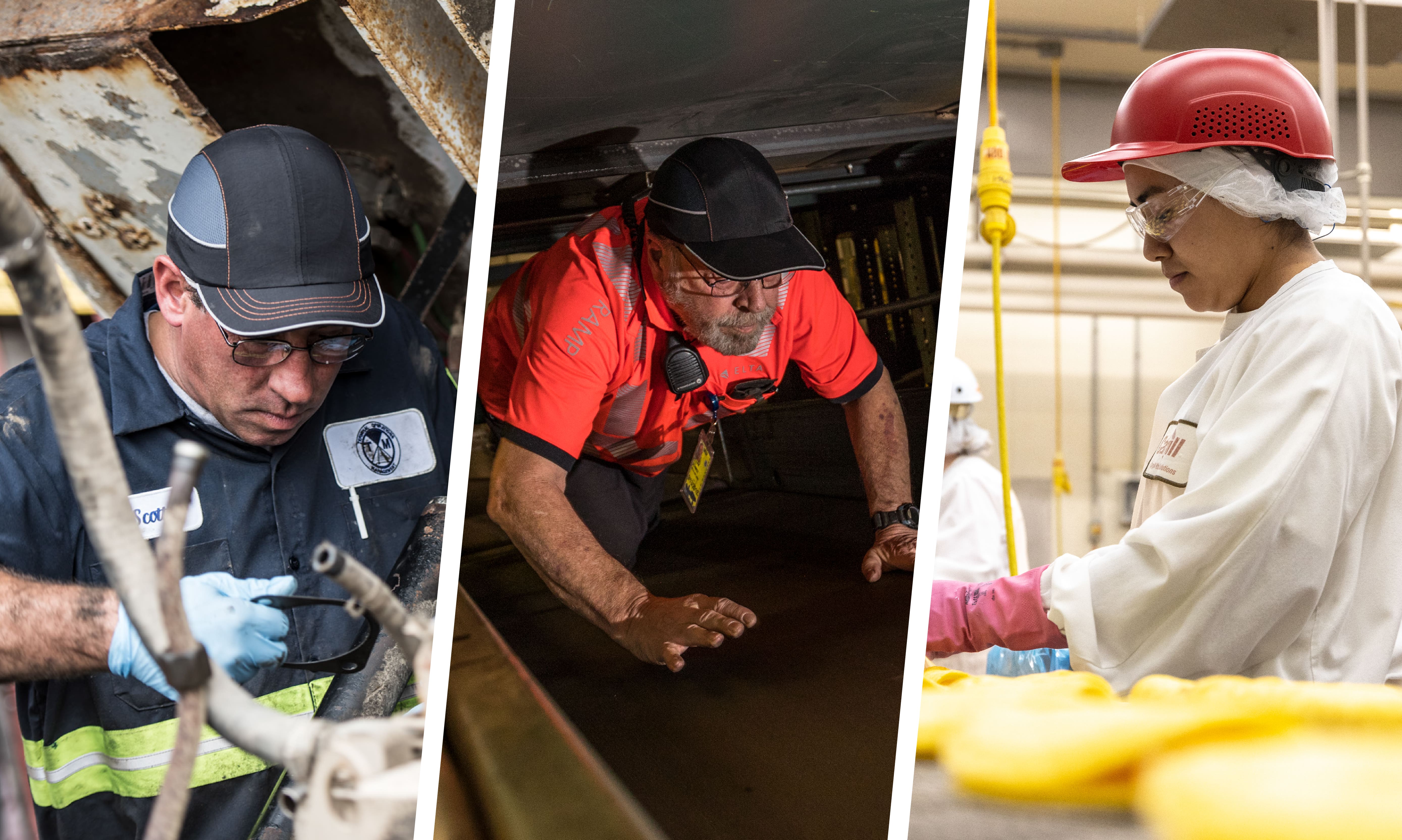
What Does the Bump Cap Standard Cover?
ANSI/ISEA 100-2024 represents the first U.S.-specific benchmark for bump caps. Until now, manufacturers relied on the European EN 812:2012 standard, which had limitations, particularly regarding universal bump cap inserts.
- Impact and Penetration Resistance: Clear performance requirements ensure bump caps can handle everyday hazards, such as bumps against stationary objects.
- Comfort and Fit: The standard emphasizes features like size adjustability and secure fit, encouraging workers to wear bump caps consistently.
- Design Flexibility: The standard accommodates various styles, including cap-style bump caps and universal inserts that can fit into baseball caps or other headwear.
While not enforceable by OSHA, this voluntary consensus standard provides a comprehensive guideline for manufacturers and safety professionals for practical protection against head injuries in applications where hard hats are not required.
Why the ISEA 100 Standard Matters
Improved Worker Protection: Head injuries, even minor ones, can result in significant downtime, medical expenses, and discomfort. By standardizing bump cap performance, ANSI/ISEA 100-2024 ensures better protection for workers against those largely ignored incidents.
Consistency Across Industries: The new standard helps safety managers evaluate and select bump caps confidently, knowing they meet rigorous performance criteria.
Legal and Regulatory Alignment: Although OSHA doesn’t currently mandate bump caps, compliance with the ANSI/ISEA 100-2024 demonstrates a proactive commitment to workplace safety.
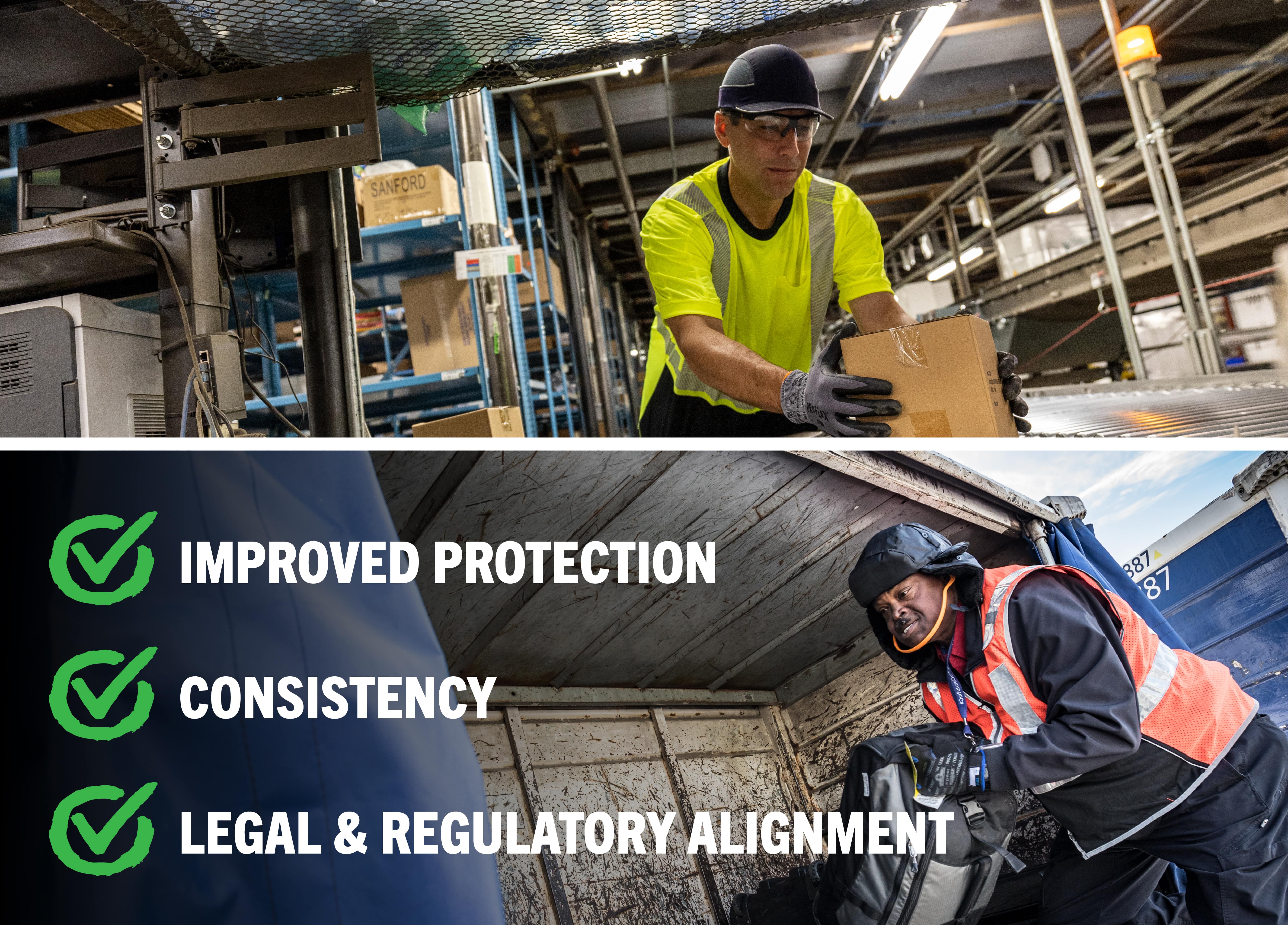
How to Choose the Right Bump Cap
Selecting the right bump cap under the new standard involves considering several factors:
- Job-Specific Requirements: For example, mechanics might benefit from caps with shorter brims to improve visibility in tight spaces.
- Comfort and Fit: Features like padded foam, venting, and adjustable sizing enhance comfort for all-day wear.
- Additional Features: Many bump caps include options like hands-free LED lighting or micro brims for added utility.
- Universal Inserts: For workers already wearing uniform caps, inserts are a practical way to incorporate head protection without requiring a separate hat.
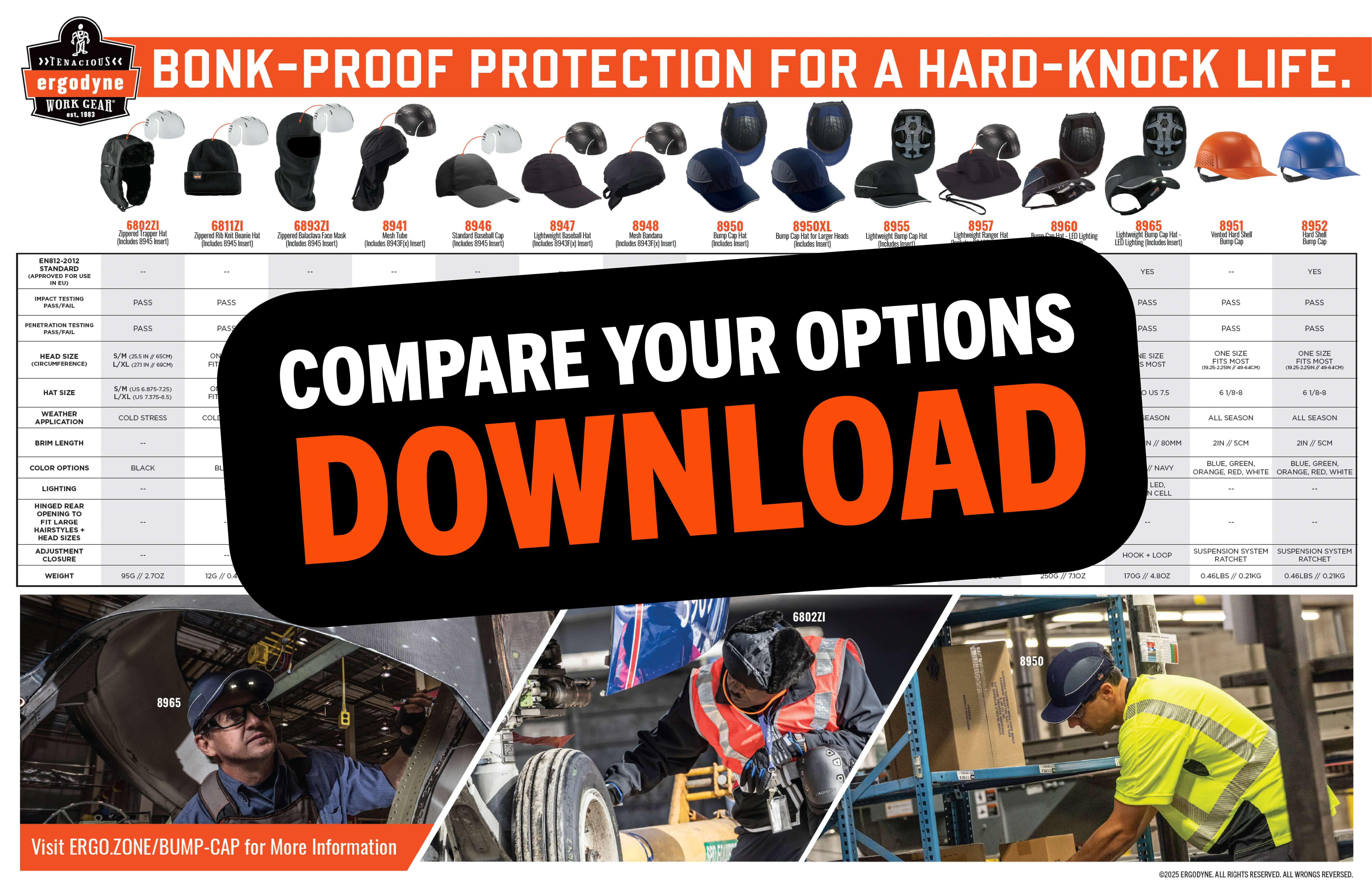
The new standard also groups bump caps into two different levels, Level 1 and Level 2, each with their own specific testing requirements. The gist: Level 2 bump caps offer better protection against more force at a greater distance. But if you're into the science-y jargon, here goes:
- Level 1 bump caps are tested for penetration at the apex and a force transmission equivalent to 7.5 J at a single point on the front and at a single point on the back of the crown.
- Level 2 bump caps are tested for penetration at the apex and a force transmission equivalent to 12.5 J at two points on the front and at two points on the back of the crown.
As shared in ISEA's press release announcing the new measure, the standard includes "detailed guidance on instructions and marking, specifying that each bump cap shall be accompanied by manufacturers’ instructions explaining the application(s) of use, proper method of size adjustment and fitting (including, if applicable, reverse wearing) and, guidelines for care and inspection."
That's great news for safety pros looking to gain a little clarity.
Hey, everyone, Allie Thunstrom here, Field Product Manager at Ergodyne and I am here to walk you through our bump cap line and explain where you would use these.
So as everybody is probably very aware, hard hats are a very common, if not the most common piece of PPE used on job sites across the world. Hard hats are what we refer to as “object generated impact”. On the flip side, bump caps help to mitigate what we refer to as “worker generated impact”. So the difference is here being with hard hats, we're trying to protect workers from objects, equipment, structure, whatever it may be, from falling onto them at potentially high speeds.
When it comes to worker generated impact, that's the everyday bumps and bruises, lacerations that any one of us could impact via lifting our head up too quickly on a low shelf, walking into a pole or structure. These are things that people in, you know, at home, technicians, food processing, these are things that they will experience on the daily. And a hard hat doesn't necessarily make sense. In fact, sometimes a hard hat could actually make that situation a little bit worse, especially as we're talking about working in potentially confined spaces. So that's where bump caps come into play to help create that barrier for when a worker themselves initiates impact on structure, shelving, walls, whatever it may be.
So in 2012, the EN came out with EN812, which started to recognize bump caps as a form of head protection in these situations. Now, let's be very clear, bump caps do not replace hard hats. If you are on a job site that does require hard hats, a bump cap is not something that you can substitute for.
These are instead for those situations where hard hats aren't warranted but can help reduce those head injuries that may be occurring from bumping into things again in home service providers like plumbers, HVAC, people working in confined spaces, mechanics, below wing employees in aviation. That's where these are going to come into play.
So to walk you through what we currently have available within our line, we're going to start at the beginning when that EN812 standard first came out, and that is our O.G. model, the 8950 and then the lighted version of this is the 8960.
So these come in three different brim lengths, micro, short and long brim. Micro brims are very good for situations, especially with mechanics where they're needing to look up and that brim can potentially get in the way. So we have them in three different colors Navy, lime and black. Fully embroiderable, you can logo them in whatever way you see fit and they have this nice shell on the inside. You can hear that. Part of the EN812 standard is to have that occipital lobe lock and so we do have that. You can kind of notice that downward tilt of the hook and loop, and that's to catch on that backside of your occipital bone.
From there we developed a universal insert because not everybody needed the hat. So we have this very first model, the 8945, that does have a trim-to-fit feature so that it had flexibility to fit within all hat styles.
From there, as people started wearing these more, the feedback was that these options were a little bit heavy and bulky and they wanted something a little bit more lightweight. So we came out with our lightweight models, the 8955 and 8965.
Now, again, I mentioned that they do have a light component, so that's really great for working again in confined spaces. Think of mechanics where they're looking at dark areas that light can help illuminate their workspace. Very hands free. That's another added benefit to these bump caps. So again, within the lightweight models, they're about 40% lighter. You see this nice mesh up top. So that's going to be very breathable. Same thing, three brim lengths, three colors. A lot of options available to you here.
As we continue our evolution, of course, if we needed to modify the overall hat, we might need to modify the overall shell to be a little bit more lightweight and comfortable as well.
And that's where the FX model comes in. Still has that trim-to-fit feature for flexibility within different hat styles and sizes, but it adds a lot more venting so that you get that breathability, that comfort. Especially as people are wearing these in hotter, more heat situations.
From there we developed two more shells that are very exciting and new within this space.
The first one being a foam insert. So this hat is actually our 8946 uniform hat. So again, these are made to work with the universal inserts so that end users can have that uniformity on their job site instead of allowing people to wear whichever hat they want. These are fully logoable, but on the inside you see that foam insert. So this is going to be a little bit different than our typical hard shell in that there is not a plastic covering. So that adds and helps it be a little bit more lighter weight and provides a lot more comfort than, say, a plastic shell might.
The next shell that we added to the line is going to be our hinged insert, and there's a few different hat styles that are coming in the pipeline for this. But some of the features that are really great about this new insert, are number one, we added that trim here in the ear line so that hearing protection or wireless headsets can create that seal here. We also again made it a little bit more lighter weight than the FX version and we added the hinge insert in the back that can help accommodate not only a variety of head sizes and head shapes, but also looking at different hairstyles. So whether that be larger natural hair, ponytails, dreadlocks, you kind of name it, that hinge is going to allow that flexibility to create that protection for their head against that worker generated impact without forcing them to modify their hairstyle.
So that's kind of the general line, but that's not it.
As we get into working in thermal settings, we do have options available for that as well.
Starting with our most extreme is going to be our trapper hat. So with this, you can fold that bill down and you have a zipper component so that you can add a bump cap shell to this trapper hat. You can remove it and wear it with and without.
We also have a thermal knit beanie. Again, same idea. There's a zipper in the back that you can add a bump, cap shell, take one out, replace, wear it with or without. A lot of flexibility there to provide that thermal warmth.
We also have a balaclava option with, again, that zipper component. So you'll see a theme there with the zippers. But we don't want people to have to sacrifice or choose between protecting their head or staying warm. So with this, you get the best of both worlds. You get that protection and that thermal warmth and hopefully everybody's happy.
So that's kind of a look at our general line as always, feedback from the field helps us to create these options, and you'll see more innovation as bump caps begin to be used more frequently and in more applications.
Who Should Consider Bump Caps?
Bump caps are ideal for industries where workers operate in confined or low-clearance areas. Examples include:
- Transportation and warehousing workers handling materials in tight spaces.
- Service technicians performing repairs under sinks or inside attics.
- Manufacturing workers exposed to overhead machinery or storage systems.
- Employers in these industries should assess their workplaces and identify opportunities to implement bump caps as part of a comprehensive safety program.
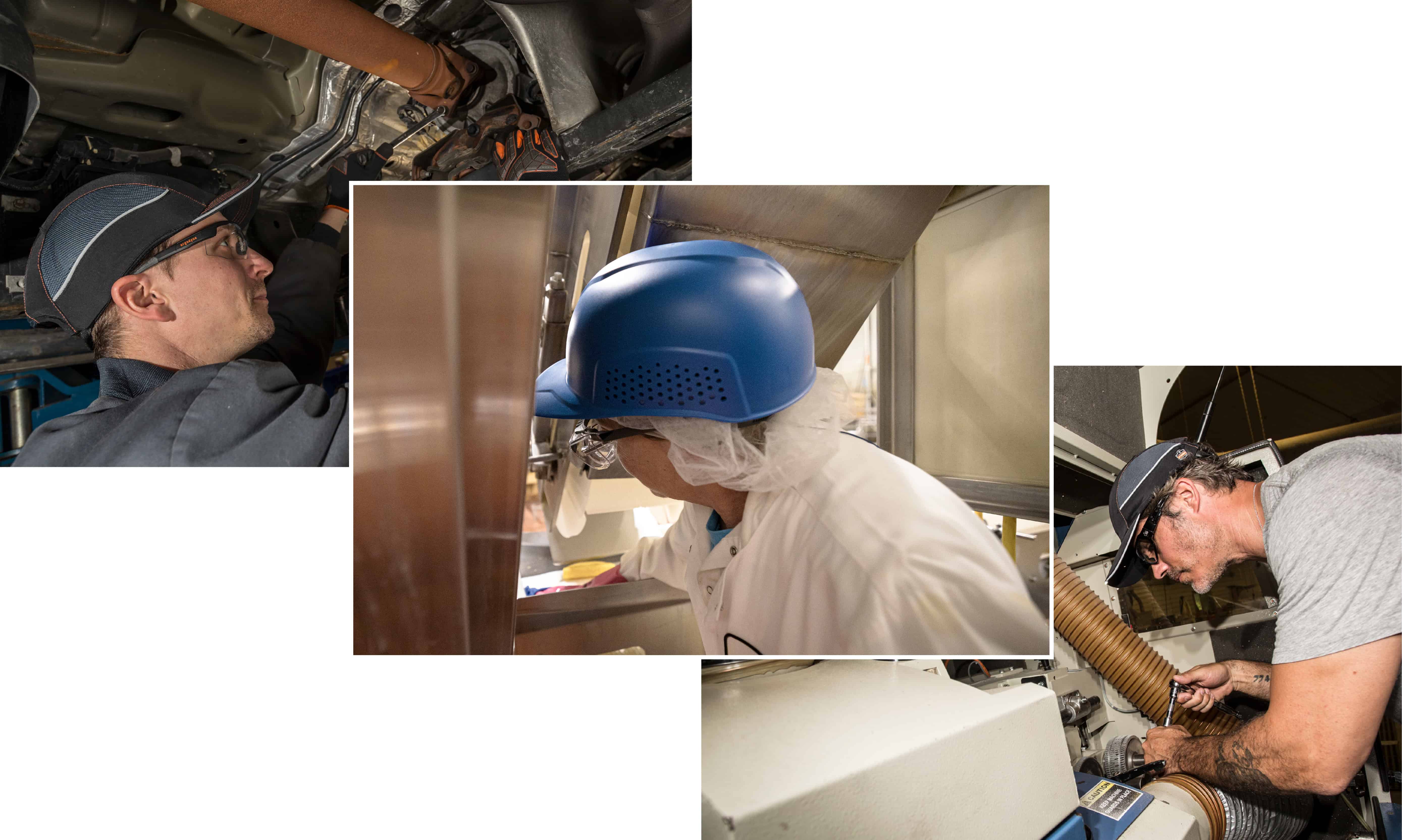
The introduction of the ANSI/ISEA 100-2024 Bump Cap Standard marks a major advancement in workplace safety, providing manufacturers and safety professionals with a benchmark for reliable, comfortable, and effective head protection.
Safety managers should review their head protection protocols and consider where bump caps make sense. By doing so, they can enhance safety, reduce injuries, and create a more productive work environment.
IT'S A HARD KNOCK LIFE
Head injuries don't just happen in hard hat zones. From auto shops to crawl spaces, nasty cuts, scrapes and ER bill$$$ abound. Luckily, you have a lot of options to help soften the blow.

Please Note! Ergodyne performed preliminary testing throughout the development of this standard and we expect all our bump caps will be compliant, though that is not yet official. Now that the standard is published, its complete requirements have been sent to our lab for final testing. Once complete, we will begin labeling our bump caps as compliant. Newly labeled product will arrive as our inventory turns over. It's worth repeating that this is a voluntary consensus standard not currently adopted by any federal agencies. Rest assured that Ergodyne bump caps purchased prior to labeling will continue to offer vital protection rooted in long-standing best practices for design and performance testing (much of which is included in the new standard). For additional questions and updates, please contact support@ergodyne.com.
